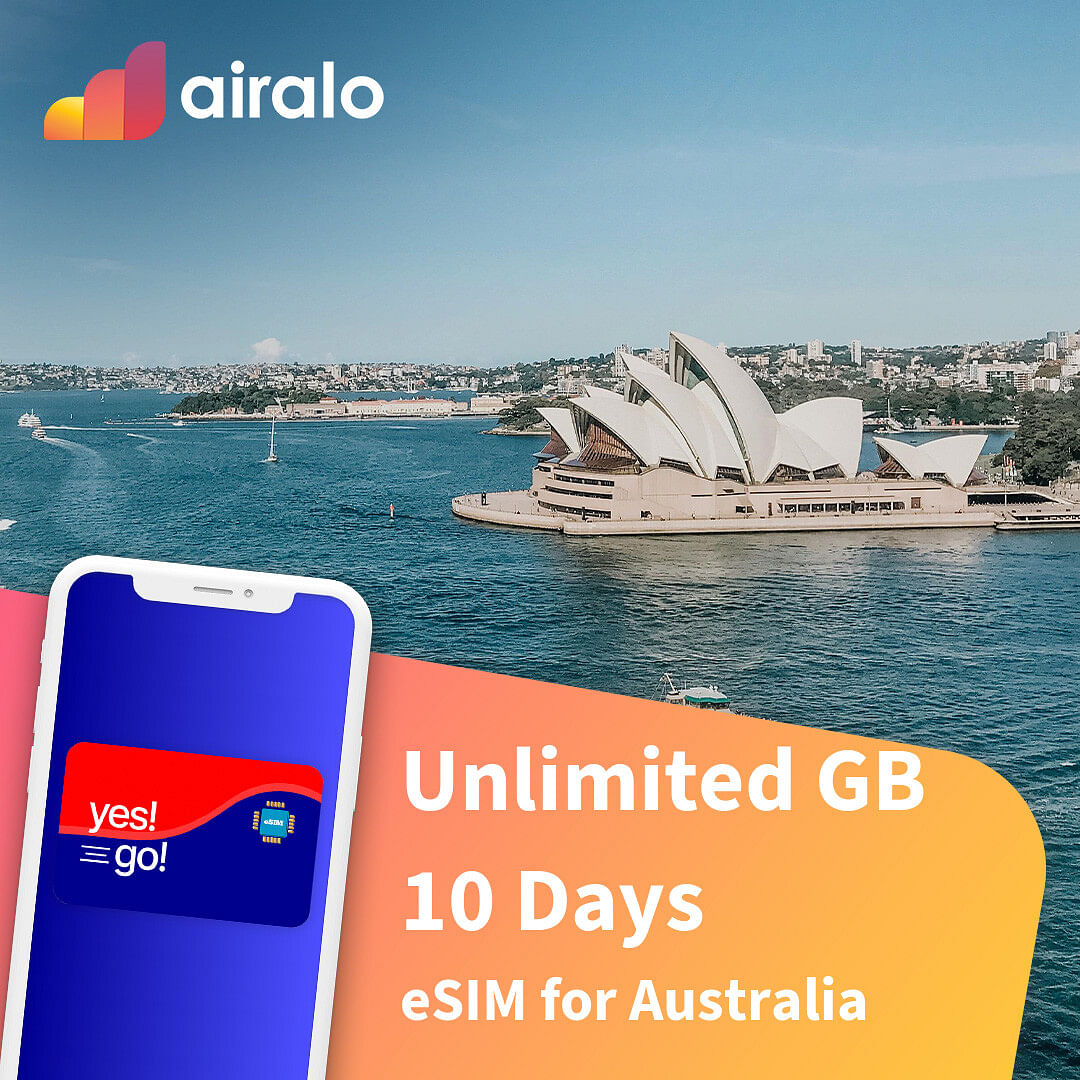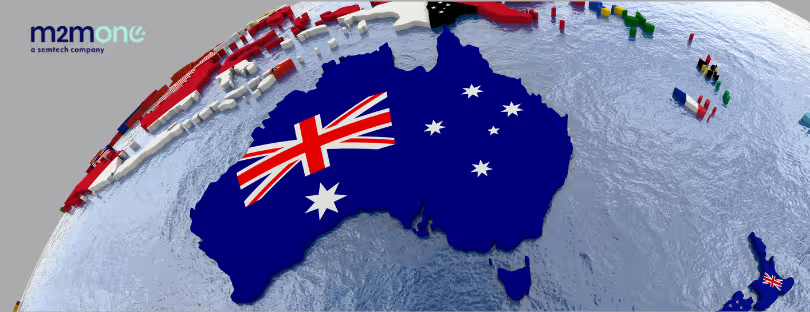
A Third of Australians Use Travel eSIMs, Optus Research Finds
As international travel bounces back, a growing number of Australians are turning to travel eSIMs to stay connected overseas. According to new research commissioned by Optus, nearly one in three Australians who have travelled in the past two years have opted for a travel eSIM — a digital alternative to physical SIM cards that’s rapidly gaining popularity.
The survey, which gathered insights from over 1,000 Australians, sheds light on the evolving habits around global mobile connectivity. While traditional international roaming remains the most-used option (48.1%), travel eSIMs (32.3%) are quickly catching up to local SIM cards (38.7%) — especially impressive considering how new the technology still is.
Why the Shift to eSIM?
Travel eSIMs are newer tech, first widely supported by iPhones from 2018 onward and still less common on budget smartphones. Still, users are increasingly attracted by the convenience and transparency they offer.
Cost Sensitivity Drives Choice
When asked why they avoid each option, respondents cited cost concerns:
- 61.8% say international roaming is too expensive
- 30.1% for local SIMs
- Just 23.7% for travel eSIMs
Optus’ Competitive Daily Roaming
Optus highlights its $5/day roaming add-on, which delivers 5 GB per day abroad (postpaid and prepaid eligible). That’s comparable to Vodafone, with the key difference that Vodafone uses your Australian data allowance overseas, while Optus treats each day separately.
By contrast, Telstra charges $10/day for just 2 GB/day in many countries (sometimes $5/day for destinations like New Zealand).
Travel eSIM vs Roaming: A Cost Comparison
For a two-week trip in Europe, here’s how costs compare:
- Optus/Vodafone roaming: $70
- Airalo 10 GB Europe eSIM: approx. $58.50
- Jetpac-backed Circles.Life: around $41 for 10 GB
Most travel eSIMs (Airalo, Jetpac, Jetpac‑backed ones) are data‑only plans, rarely including voice/SMS. Orange’s €21.99 European Holiday eSIM (≈ $39 AUD) is an exception, offering 12 GB data, 30 min calls, 200 texts valid for 14 days.
Broader Trends in eSIM Adoption
At the global level, travel eSIM usage is soaring. A 2024 study from Juniper Research projected growth from 40 million users in 2024 to over 215 million by 2028, driven by the rising cost of roaming (estimated at USD 8.57/GB vs USD 5.50/GB via eSIM).
Pros and Cons of Each Option
| Option | Advantages | Drawbacks |
|---|---|---|
| International roaming | Seamless use of your Australian number; simple to turn on | Expensive; predictable but higher costs |
| Local SIM | Affordable, includes voice/SMS; strong coverage locally | Requires buying a SIM card; not tied to your number |
| Travel eSIM | Flexible, cheap data rates, easy to install remotely | Data-only; activation may incur start date on install |
Final Take
For short trips, Optus’ $5/day roaming provides certainty and convenience. But for longer stays—especially in Europe and regions where travel eSIMs offer cheaper data packages—the value and flexibility of a travel eSIM often win out.
For users who need voice/text services while abroad, or who prefer staying on their Australian number, local or roaming options may be better suited.
ccompanying the research, Optus pointed to its $5 per day roaming as an affordable, predictable option. Customers are billed $5 per day per 5GB of data, each day they’re overseas. This is similar to Vodafone’s approach, but with Vodafone, customers tap into the same data they use in Australia, rather than purchasing data just for overseas usage.
Telstra is more expensive in most locations, charging $10 per day for 2GB. There are some countries, such as New Zealand, where Telstra only bills $5 per day.
Of course, $5 per day can quickly add up on longer trips. Two weeks in Europe would come to a total of $70 on both Optus and Vodafone, while you can buy a 10GB European eSIM from Airalo for $58.50. There’s also a cheap $31.50 option with 5GB. Airalo also has cheaper travel eSIMs for those visiting just one destination in Europe.
Notably, Airalo is one of the more expensive travel eSIM options. Jetpac – backed by Circles.Life – tends to be a bit cheaper. Jetpac’s 10GB travel eSIM for Europe costs $41 at current exchange rates.
Orange – one of Europe’s biggest telcos – has its own holiday eSIMs. Its €21.99 Holiday Europe SIM (approximately $39 at current exchange rates) comes with 12GB, 30 minutes of international talk, and 200 text messages, with a 14-day expiry. Many other travel eSIMs don’t include any talk and text. In most cases, plans from providers like Airalo and Jetpac are data-only.
International connectivity is one of the trickier parts of telco. There is a simplicity to finding a plan with a good deal on international roaming, especially for those who need to use their Australian number overseas. Options like $5 roaming are also great for those who need a few hours of connectivity during a layover on the way to their final destination. But while slightly more complicated, travel eSIMs and local eSIMs can end up being a better deal.












